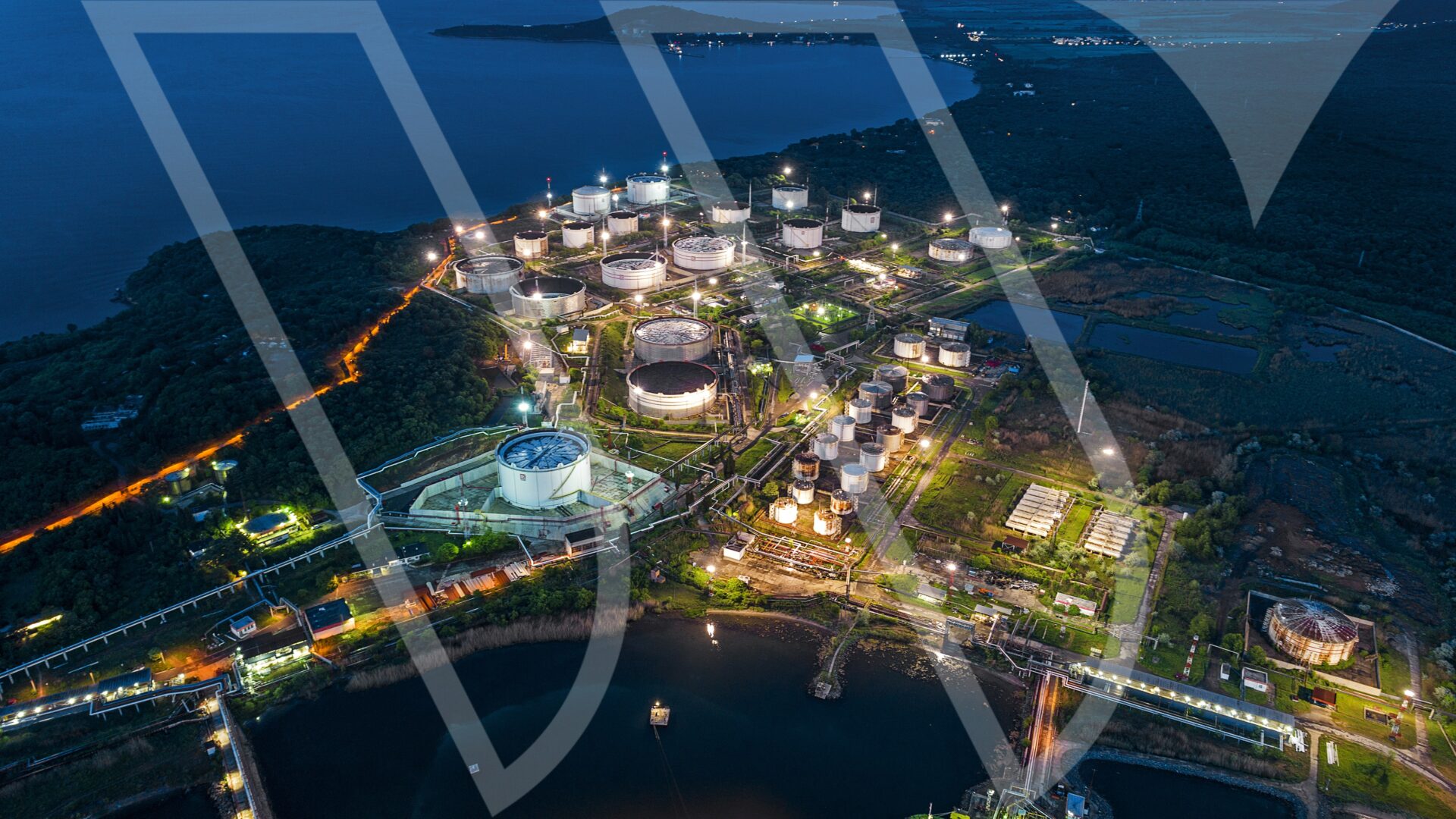


Tankers Reset As OPEC War Changes Economics
- Market Updates & Thoughts………………..Pages 1-3
- Tanker Trade Dynamics………………………Page 4
- Fuel Spreads, Economics……………………Page 5
- Crude/Product/LPG Rate Changes…………Pages 6-9
- LNG Arb, Freight Dynamics…………………Pages 10-11
- Container Fundamentals……………………Page 12
- Relative Valuations…………………………..Pages 13-19
Tanker Spot Rates Soften Off Of Peak Levels As Saudi Reign In Freight Rebates: Spot rates weakened on slow fixture activity, crude prices bounding from under $25/barrel to ~$30/barrel (Brent), and Saudi Arabia announced limiting freight compensation to 10% of crude’s official selling price. According to TradeWinds, at least 10 VLCC & Suezmax spot fixtures loading Saudi crude had failed last week. VLCC spot rates (TCEs) led the decline with rates falling to $135.3K/day (-52% w/w and +408% m/m), Suezmax TCEs at $70.0K/day (-42% w/w and +166% m/m), and Aframax TCEs firming to $59.5K/day (+39% w/w and +120% m/m). We note rates remain well above consensus.
Roughly Half Of Bahri’s VLCC On Subject Destined For USG: Last week, Saudi Arabia’s Bahri put 25 VLCCs on subject after their announcement to flood the oil market (by increasing its production and lowering its oil price) in response to OPEC+ disbandment (see our OPEC+ Fallout note). VLCC rates had spiked as Saudi Arabia was said to provide freight rebates to some customers for crude transports between Saudi Arabia and Egypt. Bahri owns 41 VLCCs and rarely enters the spot market to charter third party tonnage. In addition to the large number of subjects, the intended destination for these vessels are telling of Saudi’s intent: 10 of the 25 VLCCs are destinated for the U.S. Gulf, 4 are likely going to Europe, 10 are fixed to discharge at the entry point of the Sumed pipeline (Ain Sokhna) which transports crude oil through Egypt to the Mediterranean (likely to end up in Europe). None of the spot VLCCs are fixed to Eastern destinations.
Scrubber Payback Period Upended Following Crash In Crude Prices: The spread between HSFO and LSFO has narrowed to $87/mt in Singapore and $47/mt in Rotterdam (Figures 2 & 3), extending the payback period to ~4 years. A VLCC fitted with a scrubber is able to command a spot earnings premium of ~$4.5K/day, down from nearly $20K/day at the start of the year.
For access information please email us at [email protected]
Read More
LNG Update: Coronavirus Force Majeure — Context, Data, and Exposure
Corona-Related Force Majeure: Highlights From Our Recent LNG Update
- Chinese LNG Contractual Exposure – SPA Breakdown By Counterparty Pages 2, 5-9
- Historical Context – SARS, 6 Previous Global Health Emergencies Page 2
- NT Flash Points – 16 LNG Carriers Set To Call In China, Details Page 3
- Logistical Headwinds – Trucked LNG Data, Breakdown Pages 4-5
- Force Majeure Language – Cheniere (LNG) Pages 10-12
Coronavirus Puts Force Majeure In Play For Chinese Contracts: After days of speculation that Chinese LNG importers (CNOOC, Sinopec, CNPC) were considering invoking contractual force majeure clauses in their LNG contracts, CNOOC (China’s largest LNG importer – Figure 1) announced it had issued force majeure notices to their suppliers due to fallout from the coronavirus (nCoV). Total has reportedly rejected CNOOC’s notice of force majeure, setting up what we expect to be a continued string of notices and conflicting rhetoric, as the relatively opaque process plays out in a weakened and nervous LNG market, and amid the Q419 earnings cycle. While the ultimate impact of these contractual disputes is unclear – ranging from timeline delays (EPC), non-payment, and beyond — what does seem clear is that the issue should continue to build. As noted in Figure 3 – there are 16 LNG vessels scheduled to discharge in China over the next 5 business days, and we’d expect additional contractual flash points ahead.
Validity To Be Determined. We hope to get more clarity on the validity of force majeure claims in the coming days — particularly as they pertain to DES (fixed destination) and FOB cargos (flexible destinations — like Cheniere’s) which can be diverted to unaffected markets. We would think it’s less likely Cheniere’s FOB cargoes would be impacted by force majeure issues at the geographical origin of the original purchaser, given their inherent flexibility.
More Than Just A Demand Headwind In China. It’s also worth noting that Corona issues go beyond simply demand destruction within the Chinese market. Given pipeline infrastructure limitations in China, significant volumes of LNG are trucked to end users (Figures 4 & 5), which also brings logistical issues to the forefront, as there’s likely a similar lag in LNG truck drivers returning to work as those in factories and mills following the Lunar New Year holiday and quarantine efforts by the Chinese government. The risks also expand beyond volume-based LNG contracts, with shipyards, hard-asset delay schedules and tangential energy infrastructure also potentially impacted. Late yesterday gas producer Energean noted TechnipFMC had claimed corona-related force majeure on a FPSO meant for an Israeli offshore project
For access information, email us at [email protected]
Read More
Webber R|A Barge Week- Part 2: The M&A Menu
Barge Week Continues at Webber R|A with our Barge M&A Menu, out yesterday.
The Barge M&A Menu: Assessing 2020 Consolidation Options includes:
• The Elephant In The Room – Inland Special Situations (Page 2-3)
• High Profile Coastal Distress (Pages 4-5)
• Strategic Pivots Into Ancillary Sectors (Marine Services & Bunkering)? (Pages 6-9)
• Fleet & Company Details, & Our View On Viability & Timing
Laying Out KEX’s M&A Menu: We expect M&A to remain a major theme for KEX in 2020, particularly with several high-profile, ongoing distressed situations in the barge space (Bouchard, ACBL, Harley Marine, etc.). While there’s no shortage of opportunities for KEX to continue acting as the sector’s primary consolidator, the makeup of viable targets looks increasingly diverse. Despite the headlines, the number of traditional M&A opportunities within KEX’s core inland business are actually getting fewer and further between, while distress builds in
pockets of the tangential coastal market (Bouchard ) and the Marine Service & Bunkering markets (Harley Marine, potentially Vane Brothers). We take a look at those scenarios in the pages that follow.
For access information please contact us at [email protected]
Read More
It’s Barge Week At Webber R|A!
KEX: Previewing Q419 Earnings & 2020 Guidance
- Inland & Coastal Color: Page 3-4
- Inland Spot & Term Pricing Data (Current/Historical): Page 5
- Inland Barge Orderbook & Delivery Schedule: Page 6
Heading into KEX’s Q4 earnings call (1/30) we expect a focus on: (more…)
Read More client log-in
client log-in
